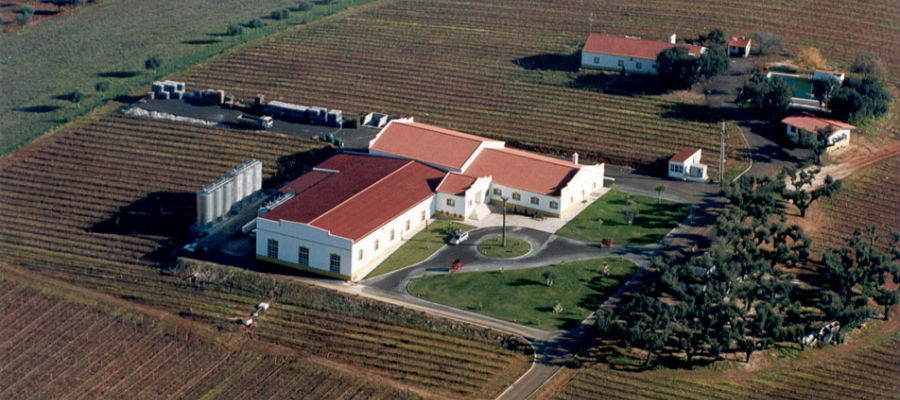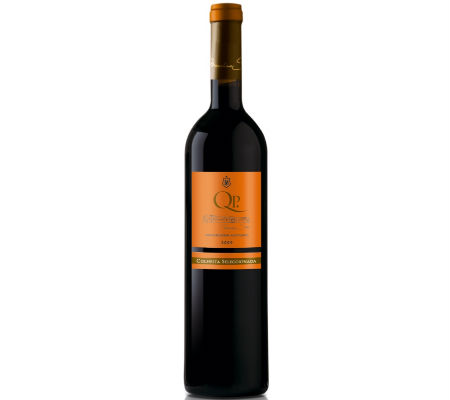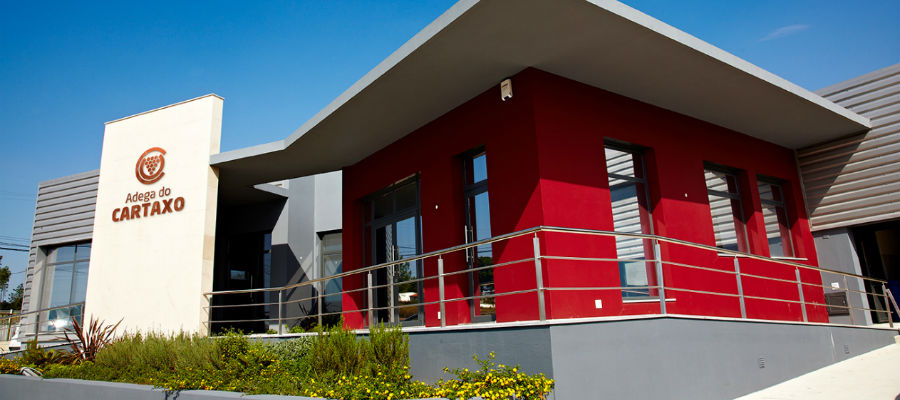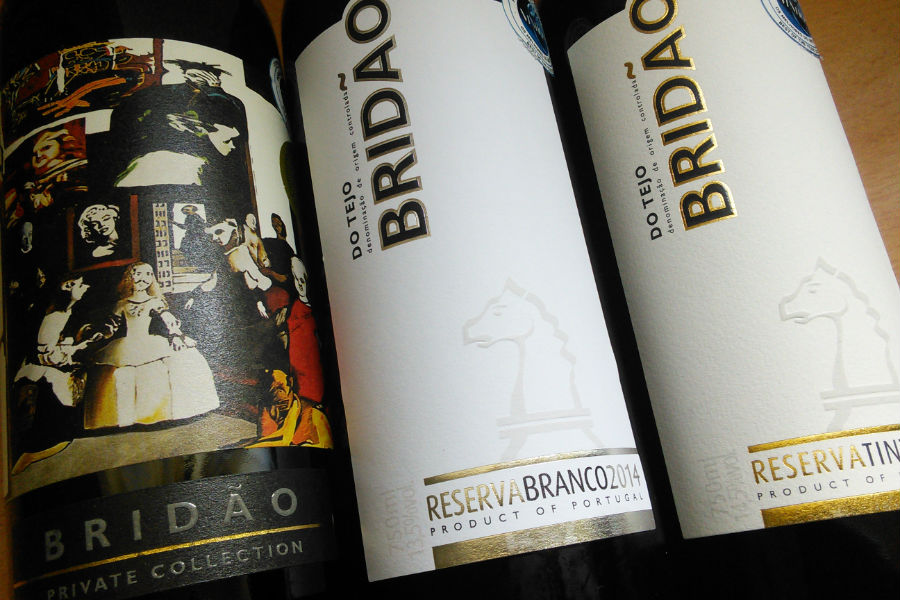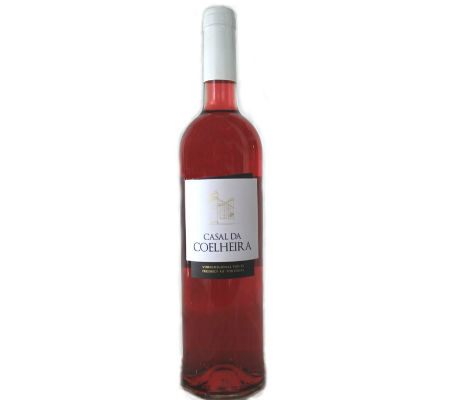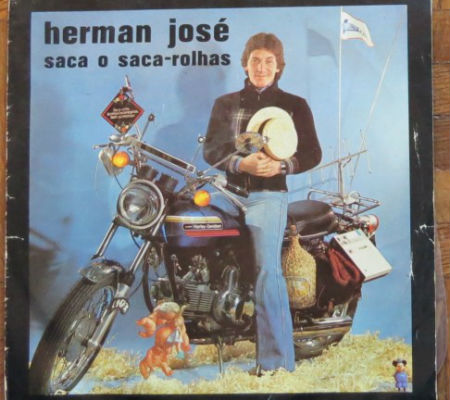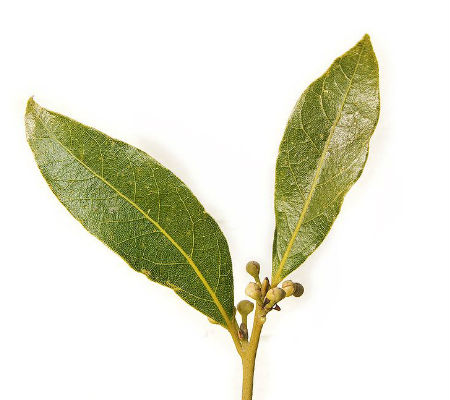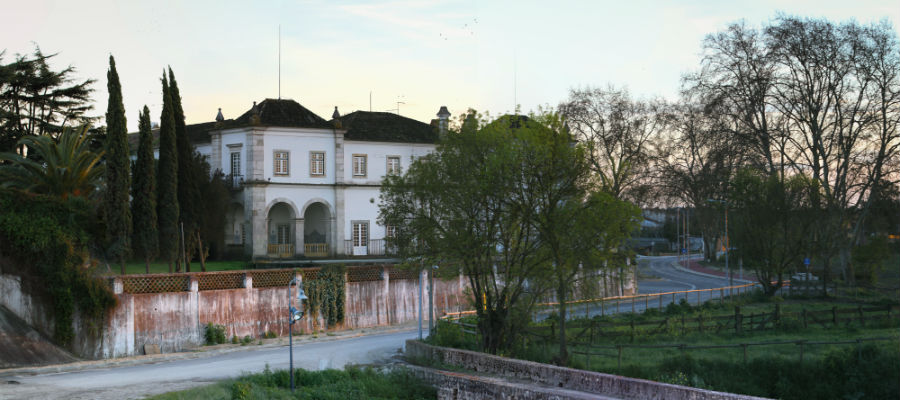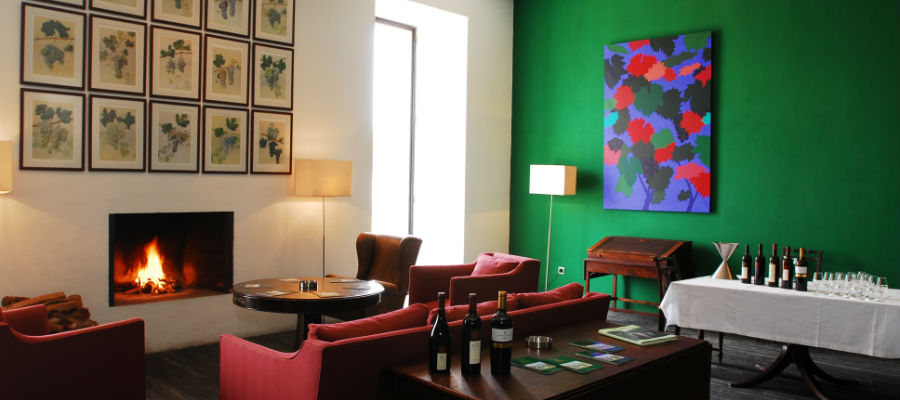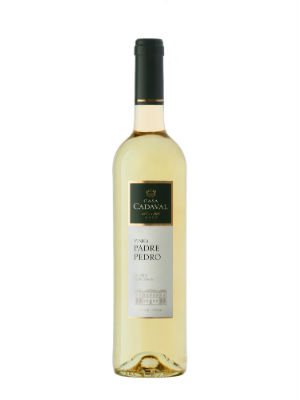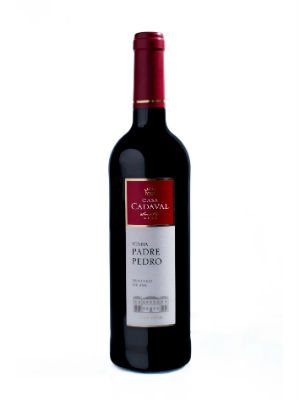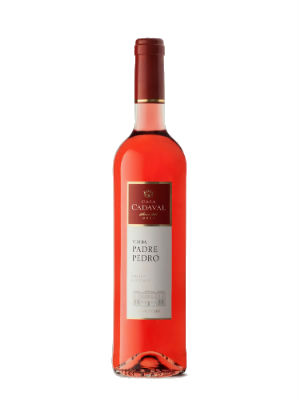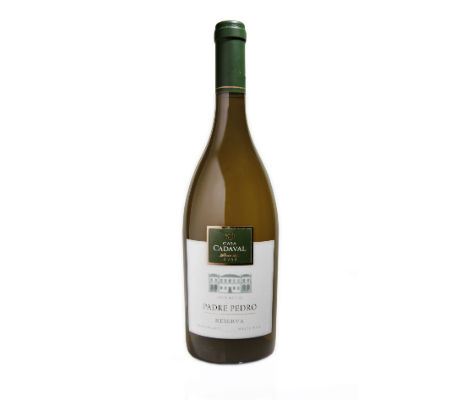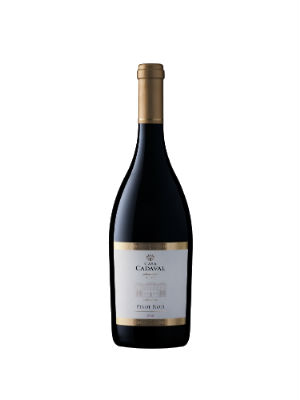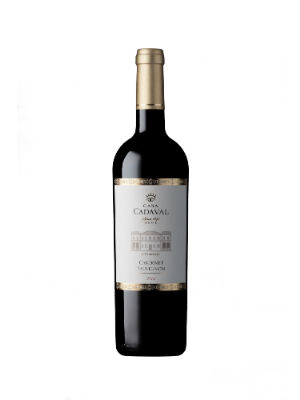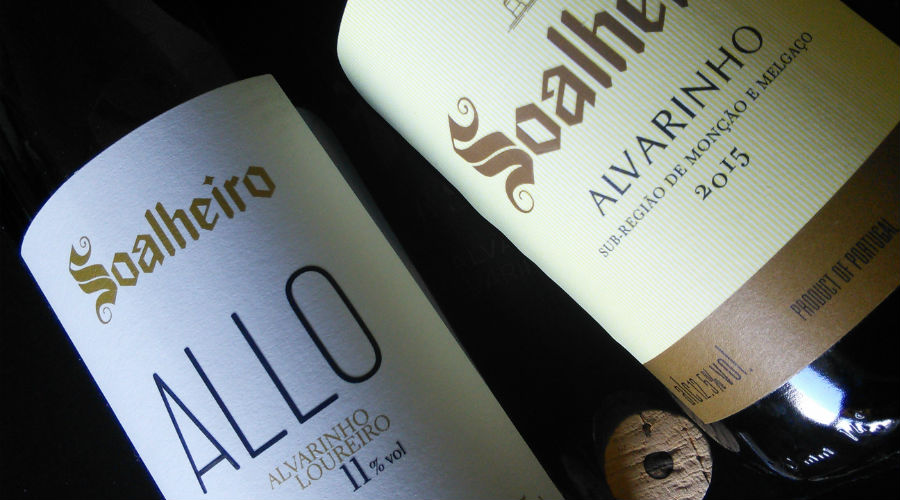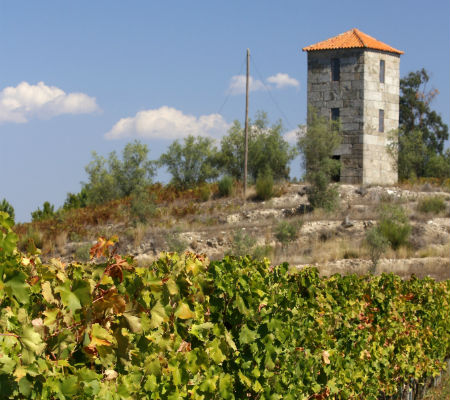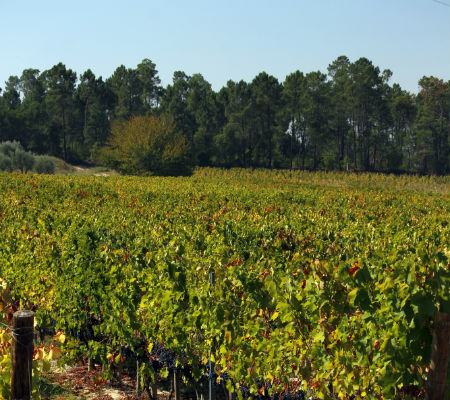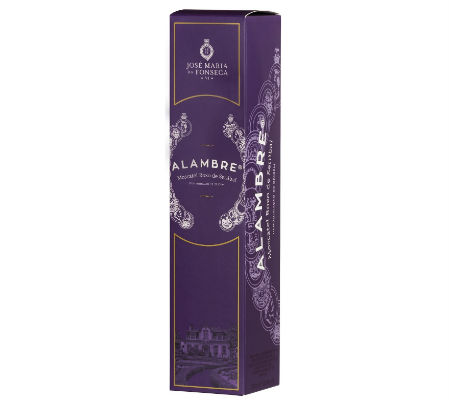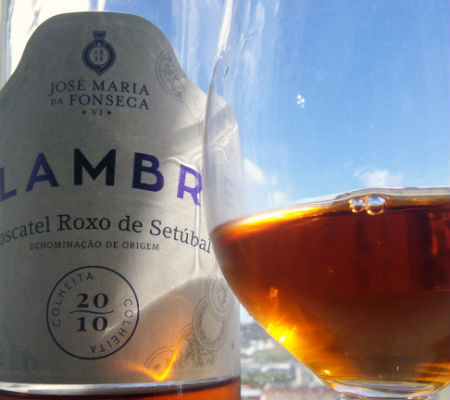Cockburn’s Port
Text Bruno Mendes
It was in 1815 that the two Scottish brothers (already with a successful business), Robert and John Cockburn, decided to set up a branch in Porto, known as R & J Cockburn’s. Cockburn’s managed to build an outstanding reputation on Vintage Port and the records demonstrate it, in the early twentieth century they were leading the auction houses in London with the highest prices.
Like all the early Port wine companies, Cockburn’s has seen its name change, in this case to Cockburn’s & Co, a name that persists to this day. The family grew with the addition of other families such as the Wauchopes, the Smithes, the Teages and Cobbs.
Ten years ago, in 2006, Symington acquired Cockburn’s, thus becoming again the property of only one family.
For a more detailed view you can watch the video below.



